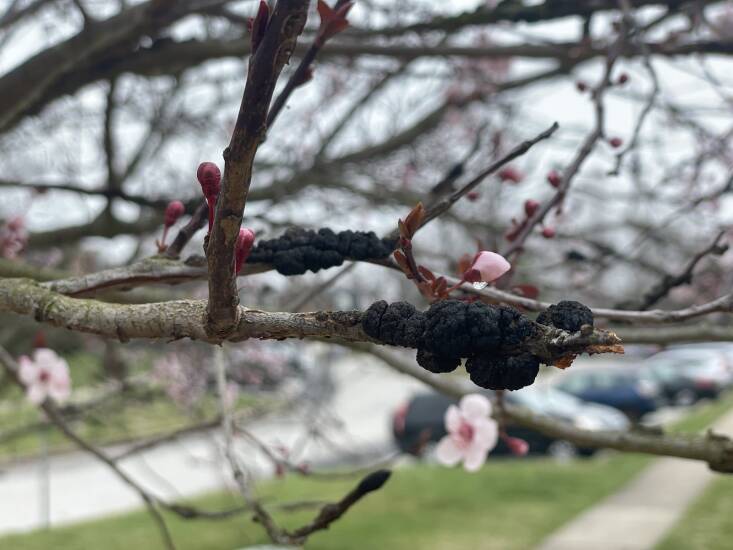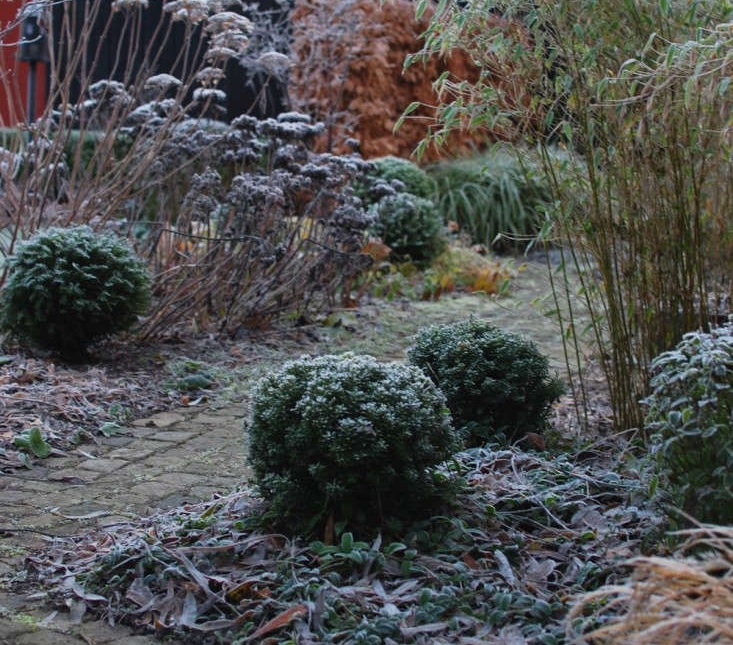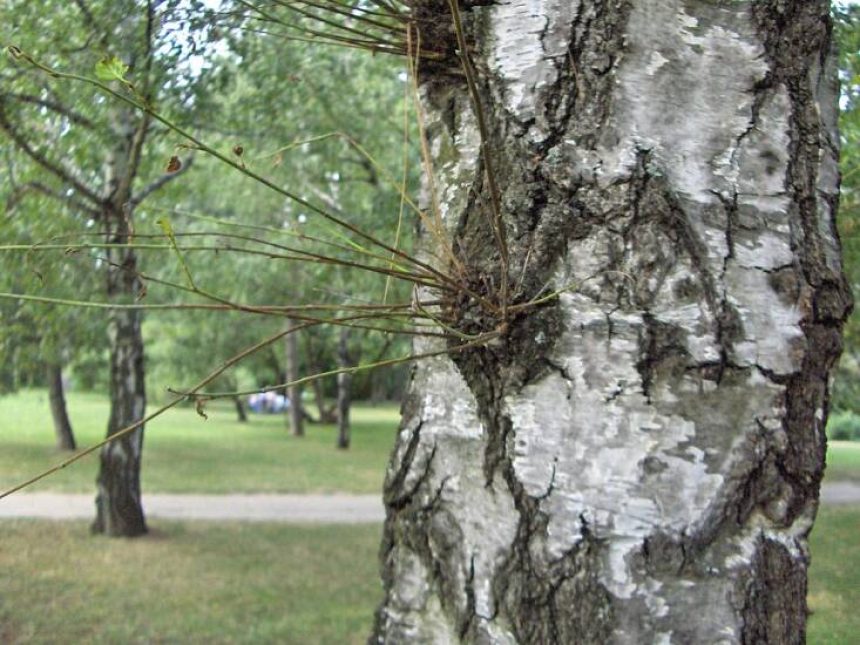January generally doesn’t top anyone’s list of ideal times to take a stroll around the garden—but it should. Beyond the quiet stillness and simple grace of winter, there is information to be learned from a sleeping garden.
Here’s what the dormant season—and all the elements it can bring (snow storms, frigid temps, high winds)—can you tell you about your landscape.
1. If your trees and shrubs need to be pruned.
For deciduous trees and shrubs, winter allows you to view the “bones” of your garden. Is the growth balanced and strong, or erratic and weak? Look for water sprouts and spindly growth, signs that your tree needs a good pruning or that your shrubs aren’t getting enough sun or nutrients. Check for crossed branches that can rub against each other and weak crotches that may fail (or have failed) in heavy snow. For evergreens, scan for dropping needles, bare spots, and unusual yellowing or browning that may be caused by disease or winter damage.
2. If your plants are suffering from disease or damage.

In the winter, once the leaves have fallen, it’s easier to spot black knot on your plum trees or cankers on your cherry trees. Random mushrooms can be a part of a healthy ecosystem, but those on trees can indicate trouble and need to be checked by a professional. Nibbling mice and other animals can resort to eating bark in winter. Finding out now and protecting the plant is better than wondering why your favorite sapling didn’t make it.
3. Where the shady and wet spots are on your property.

For places where it snows, take note of where snow accumulates. Does it pile up in some parts but not others? Chances are those are your shadiest and most sheltered areas—and likely wettest parts of your garden. Where does the snow melt the fastest? Those tend to be the full sun areas with good drainage. Simple? Yes, but all this is very helpful when it comes to planning spring plantings.
4. Where the most sheltered areas are in your garden.

When you leave the leaves in your garden, they don’t always stay put in the beds. Look for where they pile up and where there is bare ground. We don’t think about the wind all that much most of the time, but for certain plants that need shelter or good airflow, it’s important. If leaves tend to congregate in a corner of your house, it means the wind doesn’t reach there and it may be a perfect place for a fig tree in the northern climes. In windy areas, where the leaves get blown away, plants with strong roots, like Mountain Ash (Sorbus spp.) or low profiles, like Juniper (Juniperus horizontalis), would be good choices.
5. If your landscape has micro-climates.

Winter can tell you what parts of your garden are warmer or colder than the rest of your yard. What is still green and maybe shouldn’t be? (A snapdragon that survives the winter is a sign it’s in a warm zone.) For more fickle plants, I’m looking at you lavender, where do they thrive or barely survive? If you have evergreen plants, like hellebores, how are they doing? Hellebores should have bright shiny green leaves. If they don’t, they may not be in the right place.
See also:
(Visited 3 times, 2 visits today)






